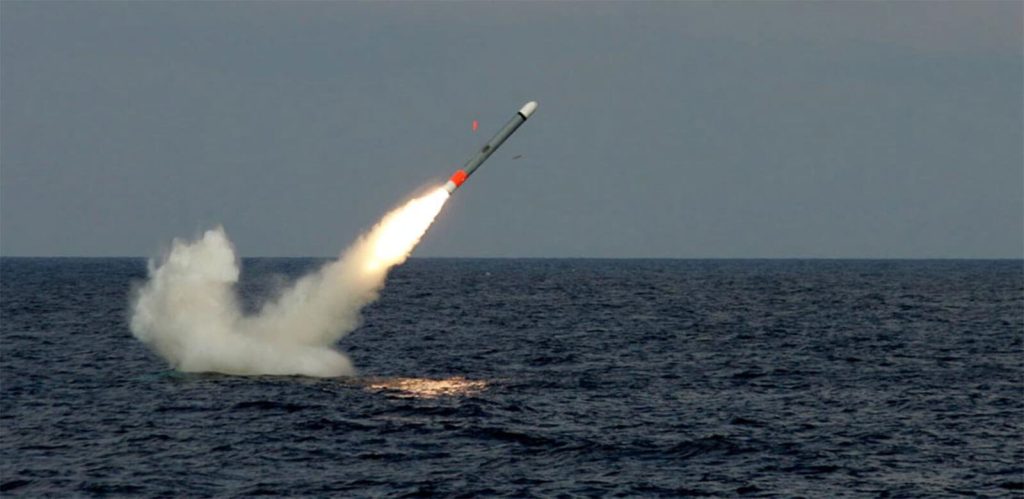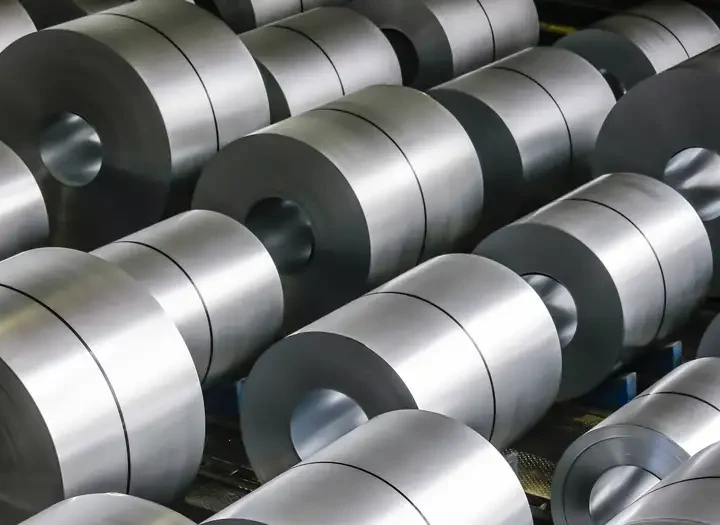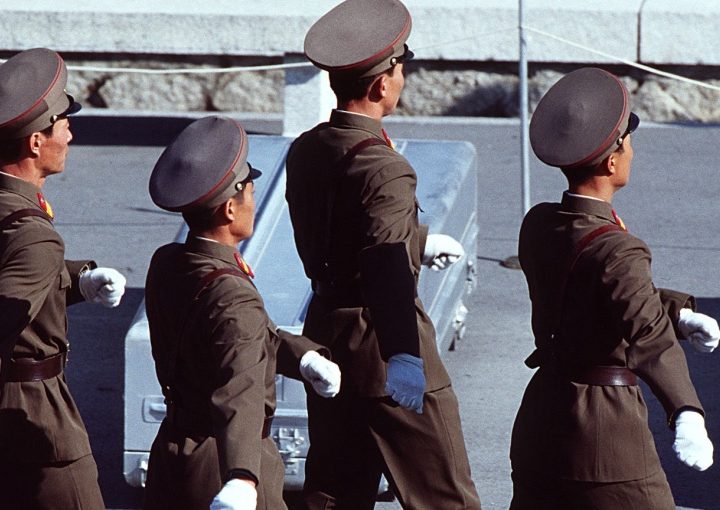
Although the White House is issuing an ultimatum, it is clearly signaling to the Kremlin its willingness to provide Ukraine with unprecedented support and give it an extremely powerful tool: Tomahawk cruise missiles that can devastate all Russian factories and bases, even in distant Siberia.
“Yes, I have made a decision,” Donald Trump said yesterday in response to a question about arms deliveries, “but I want to know what they plan to do with them and where they will send them.”
Joe Biden had supplied Kiev with weapons with a range of less than 300 kilometers and banned their use against Russian territory until August 2024. Now Trump says he is prepared to supply missiles with a range of over 2,000 kilometers and 450 kilograms of explosives. The US president appears to be merely demanding guarantees about the nature of the targets in order to rule out possible terrorist attacks against civilians.
This is not a problem for the Ukrainian leadership: it wants to use the Tomahawks to destroy the “sanctuaries” of Putin’s military machinery, such as the mega-factory in Jalabuga, where thousands of Shahed Geran drones are produced every day and fired at Ukraine. The factory is beyond the range of Kiev’s aerial bombs, which can still hit Russian refineries even 1,300 kilometers from the border.
However, these drones can only carry about half a hundredweight of explosives, while the Tomahawk warhead can carry ten times that amount: two or three cruise missiles are enough to wipe out an entire production line. This is exactly what the ballistic missiles that Moscow’s generals fire daily at the industries of Lviv and Dnipro do.
Of course, Trump doesn’t want to give anything away: he plans to include this delivery in the new NATO mechanism, with the US producing and the Europeans paying. But it’s not the funds that seem to be the obstacle, but rather the timing of the operation. So far, Washington has sold Tomahawks to only a few of its closest allies: the UK and Australia, with the Netherlands soon to join them. These are almost always the naval version, intended for ships and submarines, while Kyiv is relying on the land version: trucks that can evade Russian retaliation.
Today, the Pentagon intends to dismantle the remaining examples of the Block III variant. These missiles, which were produced in the 1990s and modernized several times, can be transferred relatively quickly. They are equipped with warheads designed to penetrate underground bunkers or disperse cluster bombs, fly at over 900 kilometers per hour while maintaining an altitude of 50 meters to evade radar, and are resistant to electronic countermeasures: in short, they would significantly enhance Ukraine’s offensive capabilities. It seems as if history is repeating itself. These weapons are in fact the latest version of the famous Euro missiles that brought tensions between NATO and the Warsaw Pact to a head 40 years ago: in Italy, they were to be stationed in Comiso, Sicily, and triggered the largest peaceful mobilization in our country. Will cruise missiles spark a new Cold War once again?
Vladimir Putin is convinced of this. From the podium of the Valdai Forum in St. Petersburg, one of the rituals of his self-sufficiency, he gave an answer on October 3 that many observers found vague in tone but clear in content: “Tomahawks are not particularly modern, but they are powerful: Yes, they pose a threat, even if they do not change the balance on the battlefield. Can cruise missiles cause damage? Yes. But as we did with ATACMS (a longer-range missile, a gift from the Biden administration to the Ukrainians), we will improve our defenses and shoot them down.” He then moved from the military aspects to the more important ones: “Will they damage our relations, where there was finally a glimmer of light at the end of the tunnel? Of course! Tomahawks cannot be used without the direct involvement of American personnel. That means a whole new level of escalation in our relations with the United States.”
Putin addresses the most sensitive issue: the cruise missiles’ navigation system must be programmed by entering a series of secret data that only the Pentagon has access to. Without the involvement of the US military, the Tomahawks will not function. The White House appears to have accepted this form of interference: In recent days, news has leaked that intelligence information is to be transmitted directly to the Ukrainians, something that happened secretly during the Biden years and was interrupted in the first months after his successor took office. It is precisely this information, in particular satellite images of targets in Russia and parts of the route to them, that must be loaded onto the missiles.
Is it possible that Trump, after keeping America out of the conflict by shifting all support for Kyiv to European allies, is now willing to risk a clash with Moscow? Many analysts believe that even the release of long-range weapons is only intended to increase diplomatic pressure and force Putin into real negotiations. The deadline that the Tsar had requested during the summit in Anchorage in mid-August for ending the “special military operation” has expired, and Trump does not want to feel mocked.
Russian diplomats have attempted to offer an alternative, proposing the renewal of the START nuclear disarmament treaty, which expires next February, with the possibility of including China in the discussion: a path that could well serve as a springboard for the US president to nominate himself for the Nobel Peace Prize and thus distinguish himself as the one who stopped the race to the apocalypse. On Sunday, Trump contented himself with saying it was “a good idea.” But 24 hours later, he once again raised the specter of a barrage of cruise missiles over Russia: a prospect that Putin must avoid at all costs. And he will have to decide whether to do so with peace initiatives or with threats of war.

 Donald Trump nears decision on sending Tomahawk missiles to Ukraine
Donald Trump nears decision on sending Tomahawk missiles to Ukraine  Serbian List organizes concert with pro-Russian singer on the eve of local elections in Kosovo
Serbian List organizes concert with pro-Russian singer on the eve of local elections in Kosovo  EU to double steel tariffs amid influx of Chinese imports
EU to double steel tariffs amid influx of Chinese imports  Merz accuses Putin of waging hybrid war on Germany
Merz accuses Putin of waging hybrid war on Germany  Ukraine general alleges Russia employs 20,000 North Koreans in military production
Ukraine general alleges Russia employs 20,000 North Koreans in military production  Lithuania responds to Russia’s overnight attack on Ukraine
Lithuania responds to Russia’s overnight attack on Ukraine